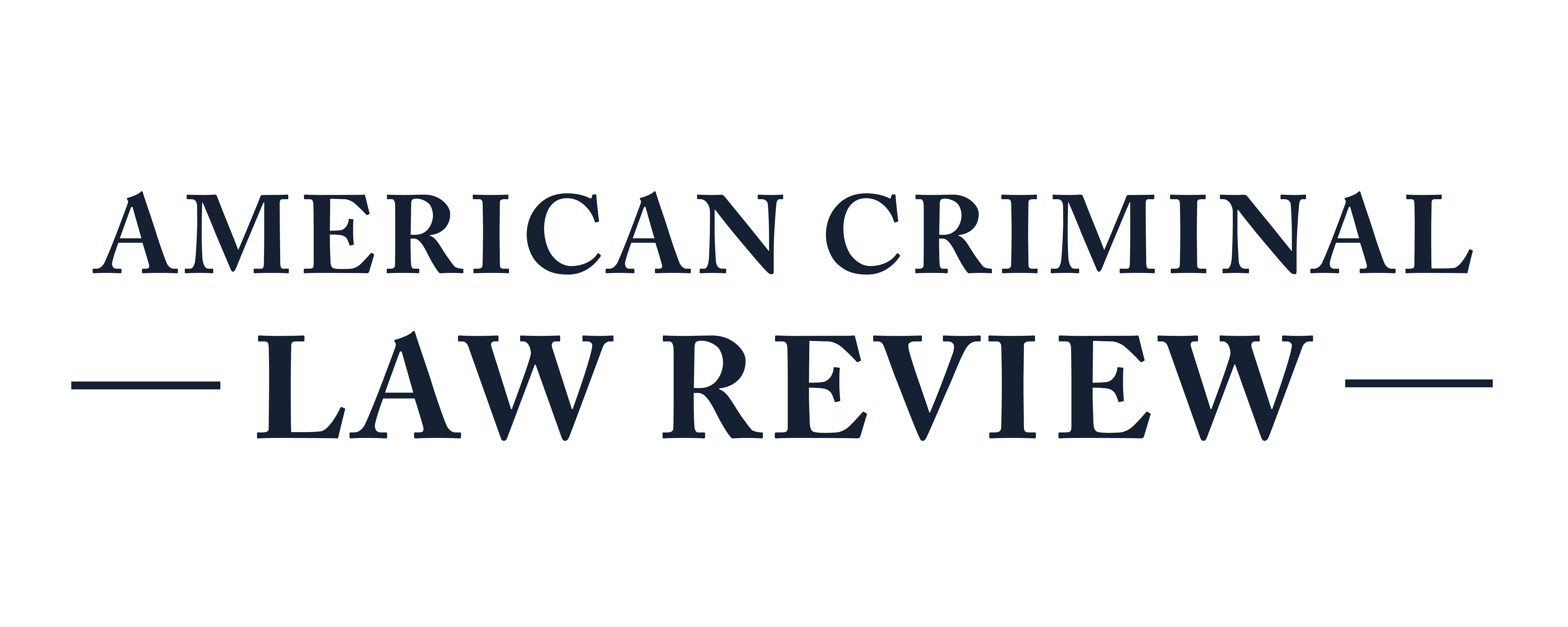Guarding Against False Confessions
After Antonio Ramirez was gunned down in Oakland, California, the police arrested a sixteen-year-old named Felix. The police held him overnight without a lawyer, refused to let him see his mother, and then coerced a confession out of him. When Felix gave answers inconsistent with the crime, the police “corrected” him and “reminded him” of details he did not mention. Felix, feeling threatened, told the police that he had left the murder weapon with this grandfather. In reality, both of Felix’s grandfathers were dead. Only when Felix was provided with details of the charges three days later did he learn the date of the murder—a day Felix locked in a detention facility for violating his probation. Because Felix could not have killed Ramirez, prosecutors dropped the case.
Felix’s juvenile commissioner was confused. “Well, I don’t understand — why would he confess?” His statement demonstrates a striking and unfortunate fact. Many people, including people well versed in the criminal justice system, have a hard time understanding why a suspect would confess to a crime that they did not commit. False confessions occur more frequently than one might expect. Of the 1,900 false confessions in the National Registry of Exonerations, about 12% were caused by false confessions. Of the DNA exonerations in the United States, 28% involved false confessions. Many of these false confessions are a result of the Reid interrogation technique, which most police officers use. This piece argues that because Miranda rights are minimally effective at protecting against false confessions in the context of such a technique, state legislatures should take additional protective measures. Recording all interrogations and allowing experts to more freely testify about what causes false confessions would help to reduce the considerable damage of false confessions. According to Saul Kassin, an expert on false confessions, “[o]nce the confession is taken, it trumps everything else, it trumps DNA evidence, its effects cannot be reversed.”
Subscribe to ACLR
